Nationwide unveils 5% easy-access account
Nationwide's FlexOne Saver account is available for 11 to 17-year olds. How does it compare with other children's savings accounts?


Nationwide Building Society has launched an easy-access account that aims to help young people develop a savings habit.
Banks and building societies have been improving their savings deals in recent months amid Bank of England interest rate rises.
Children’s savings accounts have in the past paid higher interest than on the mainstream market, particularly for regular saver accounts, as there were usually limits on how much you could contribute.
MoneyWeek
Subscribe to MoneyWeek today and get your first six magazine issues absolutely FREE

Sign up to Money Morning
Don't miss the latest investment and personal finances news, market analysis, plus money-saving tips with our free twice-daily newsletter
Don't miss the latest investment and personal finances news, market analysis, plus money-saving tips with our free twice-daily newsletter
There hasn’t been as much movement for children’s savings accounts in recent months though.
Nationwide’s new FlexOne Saver account aims to address this and get young people more engaged in their finances by offering 5% interest on balances up to £5,000.
In addition, customers with Nationwide’s off-sale FlexOne Regular Saver account, which allows deposits of up to £100 a month, will also see their rate increase to 5%.
We explain how the FlexOne Saver account works.
Who can open the FlexOne Saver?
The FlexOne Saver is open to customers aged 11 to 17 but you need to have opened a FlexOne current account first.
The current account can be opened in branch for those aged between 11 and 17 or through internet or mobile banking for those between age 13 and 17.
A parent or guardian will need to help open the account in branch if their child is under age 13.
It can be managed through internet or mobile banking and in-branch and there are no withdrawal limits.
The account is fee-free and comes with a choice of either a cash card or Visa debit card. It also pays interest of 2% on balances up to £1,000, separately to the FlexOne Saver.
Up to £5,000 can be paid into the FlexOne Saver but this must be done within 28 days or the account will close.
Based on an interest rate of 5%, a child’s £1,000 deposit would grow to £1,050.00 after a year.
The rate is variable though so it could change.
Once the account holder turns 23, the FlexOne Saver will change to a different instant access savings product with a lower interest rate.
How does the FlexOne Saver compare with the rest of the market?
A 5% rate puts Nationwide's children’s savings account among the best buys for young people.
Coventry Building Society offers a slightly higher easy-access rate of 5.25% with a £5,000 limit but it can be opened from age 7 to 17.
You don’t need to open a current account and it switches to an easy access saver from age 18.
Kent Reliance pays a rate of 5.58% and up to £1m can be saved but you have to be willing to lock your child’s money up for a year.
Putting money into a children’s savings account can be an effective way to build a nest-egg for them while also providing young people with financial independence and the opportunity to learn about money management.
But there are other accounts on the mainstream market where you could earn higher rates on behalf of your child if they don’t have a current account or you want more control of the money.
Nationwide currently has a regular saver that pays 8% to its current account holders, with a £200 monthly contribution limit, while Metro Bank has a market-leading easy-access account at 5.22%.
Get the latest financial news, insights and expert analysis from our award-winning MoneyWeek team, to help you understand what really matters when it comes to your finances.

Marc Shoffman is an award-winning freelance journalist specialising in business, personal finance and property. His work has appeared in print and online publications ranging from FT Business to The Times, Mail on Sunday and the i newspaper. He also co-presents the In For A Penny financial planning podcast.
-
 How to protect property in a divorce – and the common mistakes to avoid
How to protect property in a divorce – and the common mistakes to avoidThe festive period can sadly push some marriages to breaking point, forcing couples to consider what will happen to their property after divorce.
-
 Why you fear money – and how to fix it: MoneyWeek Talks
Why you fear money – and how to fix it: MoneyWeek TalksPodcast MoneyWeek's digital editor, Kalpana Fitzpatrick, speaks to financial psychotherapist Vicky Reynal about how to change your money mindset for the better.
-
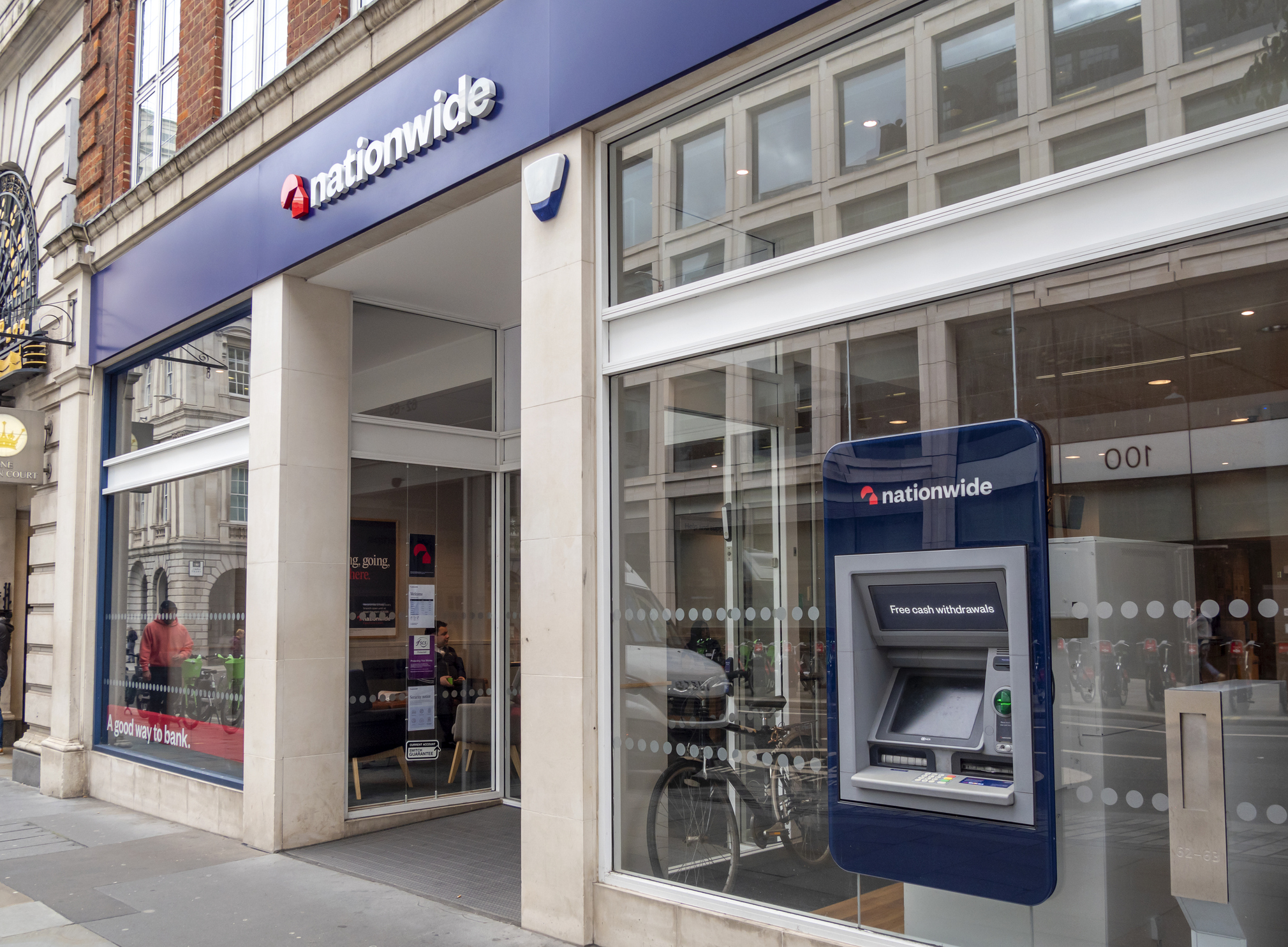 Nationwide promises to protect all its branches from closures until at least 2030
Nationwide promises to protect all its branches from closures until at least 2030The building society has extended its pledge to keep all high street Nationwide and Virgin Money branches open, now until at least 2030.
-
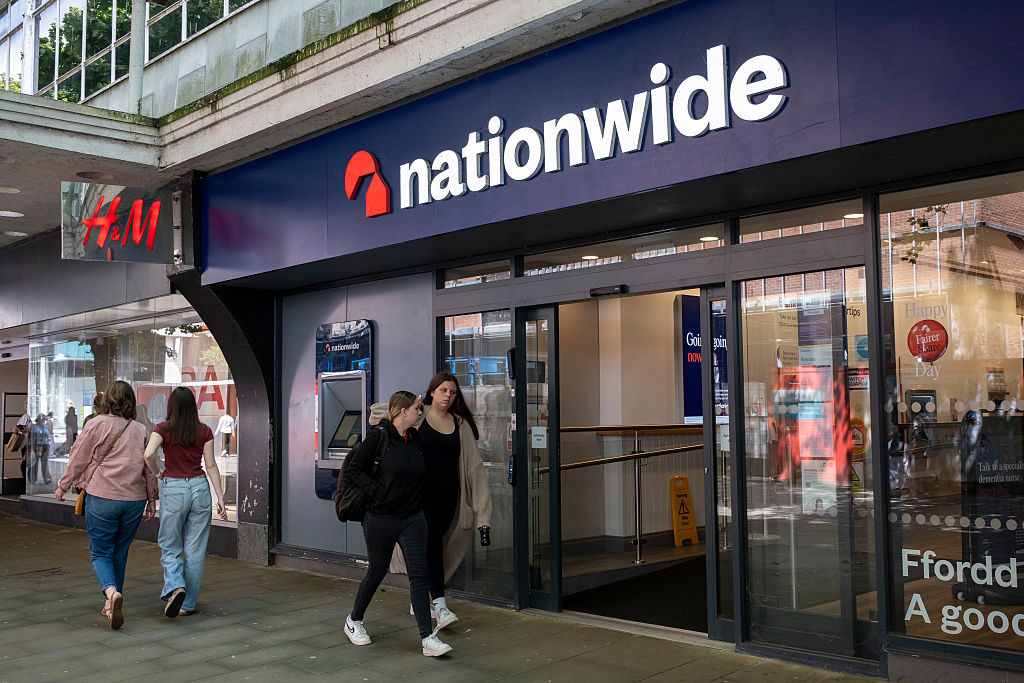 Nationwide Building Society launches £175 switching deal – who is eligible?
Nationwide Building Society launches £175 switching deal – who is eligible?Nationwide Building Society has launched a new current account switching deal. We look at whether you are eligible, and how to get the free cash.
-
 Green mortgages: how do they work and how much can you save?
Green mortgages: how do they work and how much can you save?Most high-street lenders now offer some kind of green mortgage deal. We look at who’s eligible, how to apply and the mortgage rates and cashback on offer
-
 Thousands of Brits switch to Nationwide, Co-operative Bank and Monzo – which banks are least popular?
Thousands of Brits switch to Nationwide, Co-operative Bank and Monzo – which banks are least popular?As current account bank switches reach a record high, we look at the most and least popular banks and building societies among Brits. Is it worth switching?
-
 Did you get the £100 Nationwide bonus? Here’s how to check
Did you get the £100 Nationwide bonus? Here’s how to checkNationwide finished paying its £100 Fairer Share bonus last week. We explain what to do if you didn’t get it but think you’re eligible
-
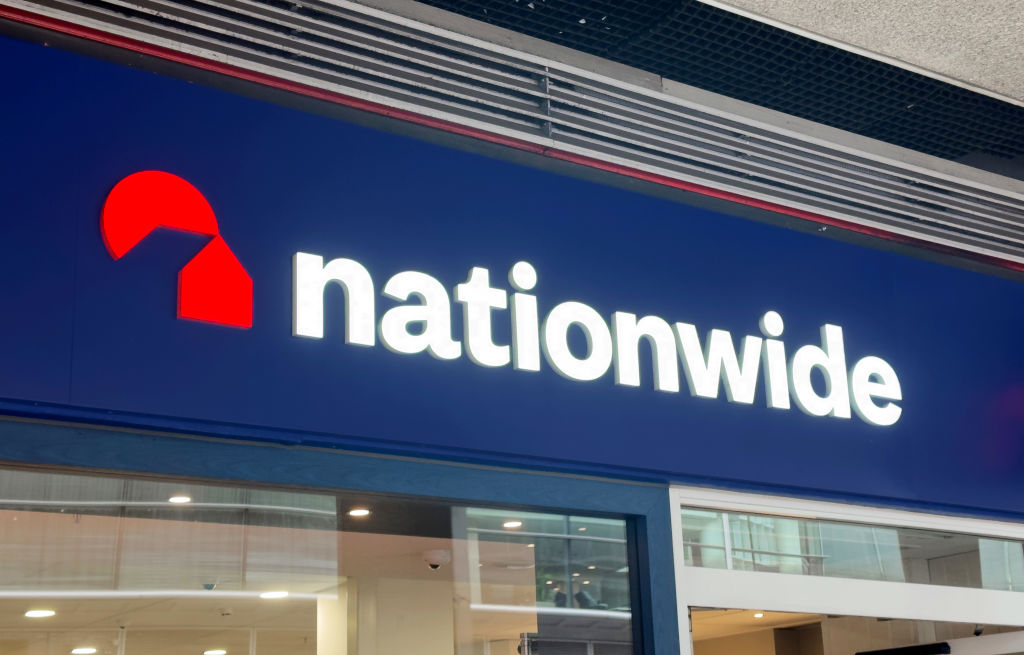 Nationwide to pull its £175 switching bonus - act now to get offer
Nationwide to pull its £175 switching bonus - act now to get offerThe building society is withdrawing its bank switching offer at the end of the month, after gaining thousands of customers last year. We explain how to qualify for the current account switching bonus
-
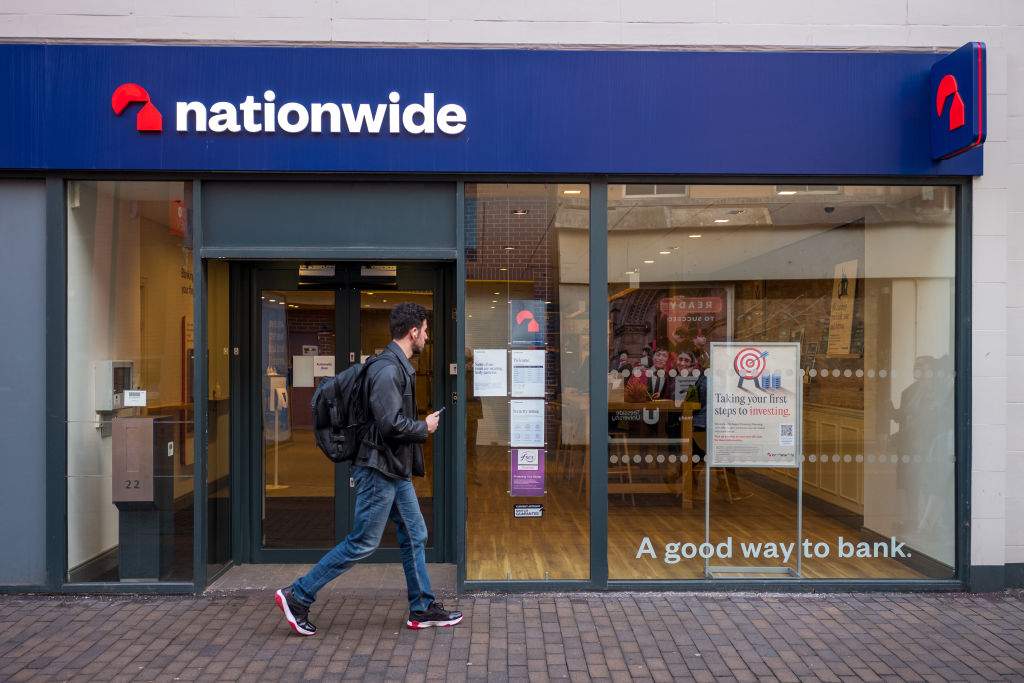 My 8% Nationwide regular saver has matured - what are my options?
My 8% Nationwide regular saver has matured - what are my options?Nationwide’s popular 8% account has matured for savers. Should you stick with the building society or move to a competitor?
-
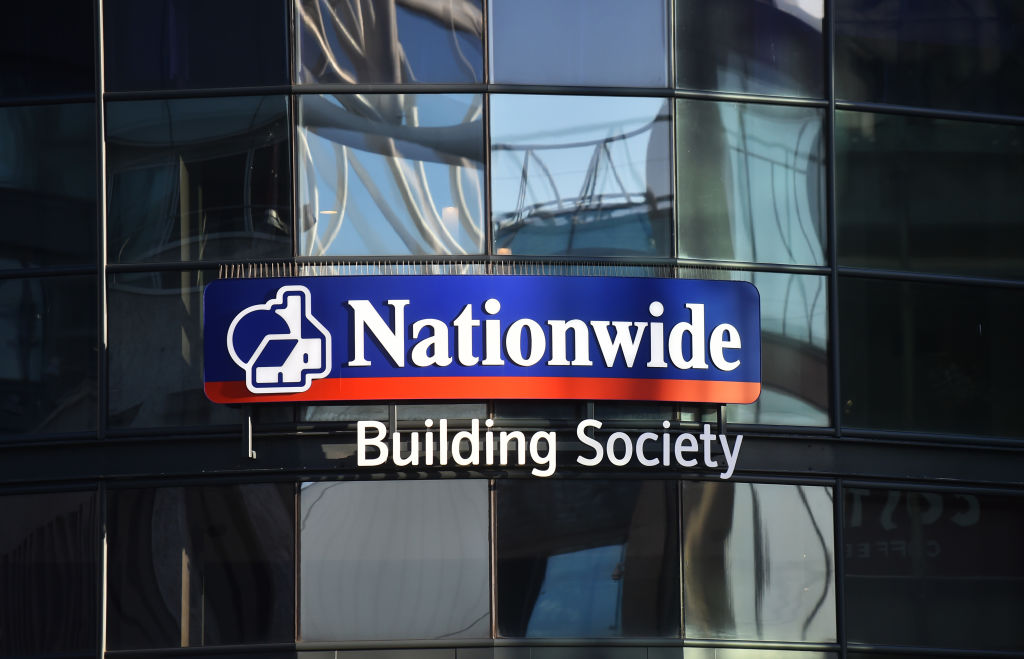 Nationwide launches £175 bank switch offer plus extra perks - how can you get the switching bonus?
Nationwide launches £175 bank switch offer plus extra perks - how can you get the switching bonus?News Nationwide’s new bank switch offer has come alongside a revamp of its Flex current account range, with a new cashback deal and an interest-free buffer on overdrafts. Here’s how to get the £175 switching bonus.